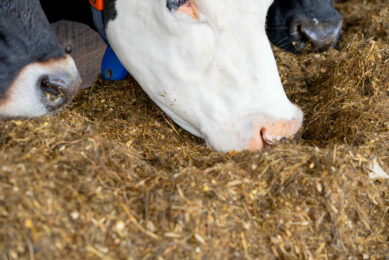Minnesota, USA: Milking one of the largest herds of 9,500 cows
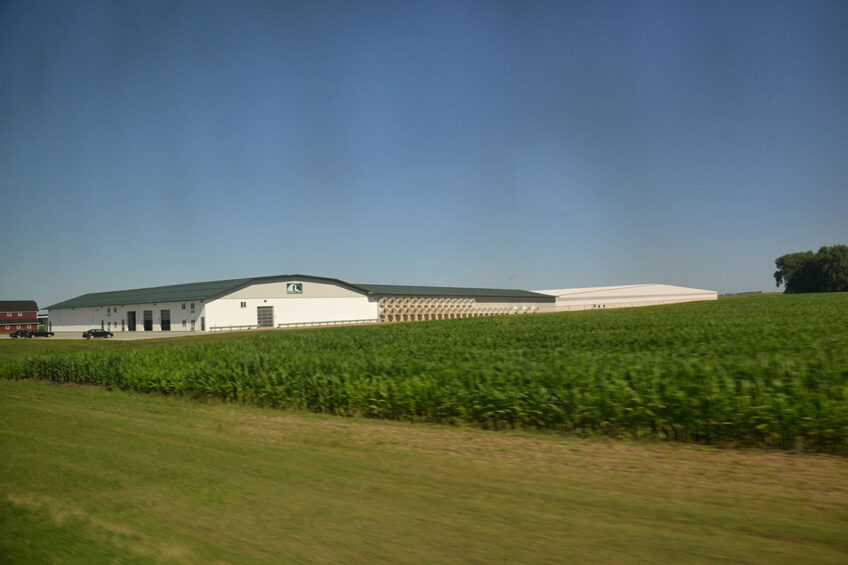
Near the small village of Murdoch, approximately 175 km west of Minneapolis, is Minnesota’s largest dairy cow farm, home to one of the largest herds in the US with 9,500 cows. Louriston Dairy is the name, and it’s part of a fast-growing network of giant farms built and operated by Riverview LLP, a Minnesota-based firm.
Riverview owns 92,000 dairy cows spread over 10 herds in Minnesota, 2 in South Dakota, 1 in Mexico and 1 in Arizona. “We are really optimistic about the future prospects for the dairy industry, especially in the northern part of the grain belt. When we started the company Riverview in 1995, it was because we could see that if the whole family – father and 2 sons – were to survive in the future as farmers, it was necessary to expand and invest. And one of the reasons why we chose the dairy sector was that it was an industry that had not consolidated,” says Brad Fehr, one of the founders of the company.
Ever since Riverview started in 1995, by brothers Gary and Brad Fehr and their father, Lloyd, the company has expanded tremendously.
Huge dairy farms in 5 states
Today, the company owns farms in the states of New Mexico, Nebraska, Arizona, South Dakota and Minnesota. On the Louriston farm, an average of 25 new calves are born in the herd every day. After birth, they are weighed and given an identification tag. For the first few days, they are fed colostrum from the cows 3 times a day with a feeding bottle, after which they are given cow’s milk substitute.
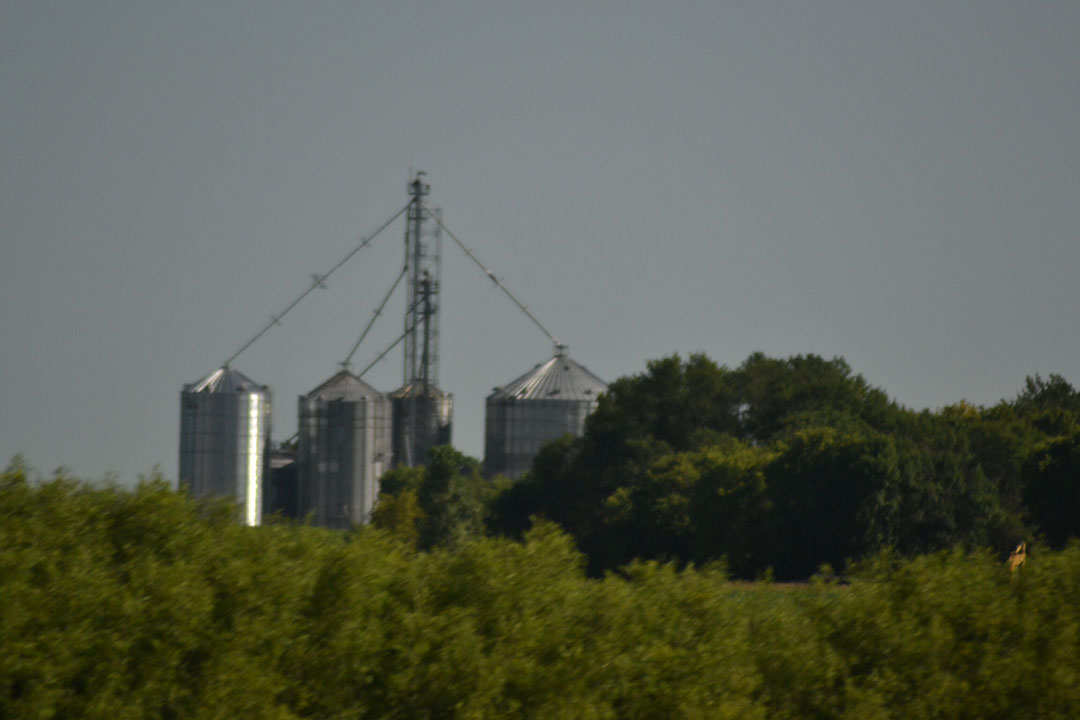
After about a month, the heifer calves are transported to the heifer farms in New Mexico and Arizona where they grow up in the warm climate for about 18 months. Here the insemination takes place with bull semen from the best bulls in the US. Immediately before calving, they are sent back to the dairy herds in Minnesota where they have an average of 6-7 calvings before being released. The bull calves are raised on other farms for slaughter.
The company’s expansion with the establishment in recent years of these huge dairy cow herds is not going down well with the smaller milk producers in Minnesota. They believe it is very selfish for a company to build such huge operations when milk prices are going down and many of their neighbours are going bankrupt. And according to statistics, Minnesota has lost about half of its milk producers in the last 10 years.
The Riverview company has invested around US$45 million in the large herd of 9,500 cows in Murdock, which started the production of milk 10 years ago. The entire complex with a DeLavel milking carousel, detached barn, storage barn for feed, etc., covers an area of approximately 9 hectares, while there is land adjacent to the farm of 64 hectares.
Knowledge about agriculture
Today, Riverview has 1,200 employees on all the farms. The company offers ownership to the employees and it is they who own the majority of the shares in the large herd of dairy cows. In total, the company has over 200 external investors in the many operations in the 5 states. All of the milk transported from Riverview’s 9 herds in Minnesota is made into cheese at 5 cheese dairies in western Minnesota and South Dakota.
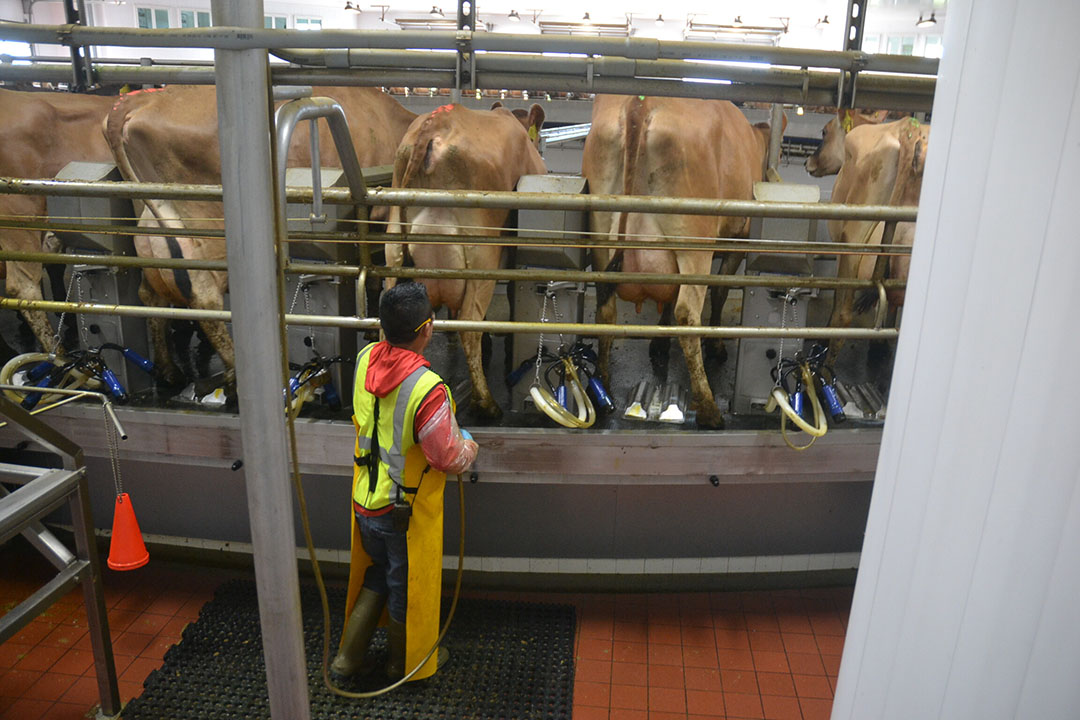
Our tour guide, Reno Williams, who is one of 42 employees on the farm, said that they collaborate with schools, associations, kindergartens and rural associations on tours of the large farm. It is part of imparting knowledge about agriculture. “It is important that people know where their food comes from and what it takes to produce it,” says Williams.
Milking 106 cows, sustainability goals and almost no antibiotics
The tour started at the large milking carousel with room for 106 cows. These are crosses between Jersey and Holstein cows. The milking carousel runs 22 hours a day. All cows are milked twice a day, each taking 7 minutes. The cows are led from the free-range barn through a long sluice to the carousel. Here they step into it while it moves slowly. One worker sprays disinfectant on each cow’s udder, another wipes the teats with a paper towel, and a third attaches suction cups to the teats for milking.
While the cows are in a waiting position and in the lock, the floor is continuously rinsed, and the same is the case with the floor in the carousel. Cleanliness is a high priority to avoid the spread of disease. Almost no antibiotics are used in the herd, although mastitis may occur in some cows.
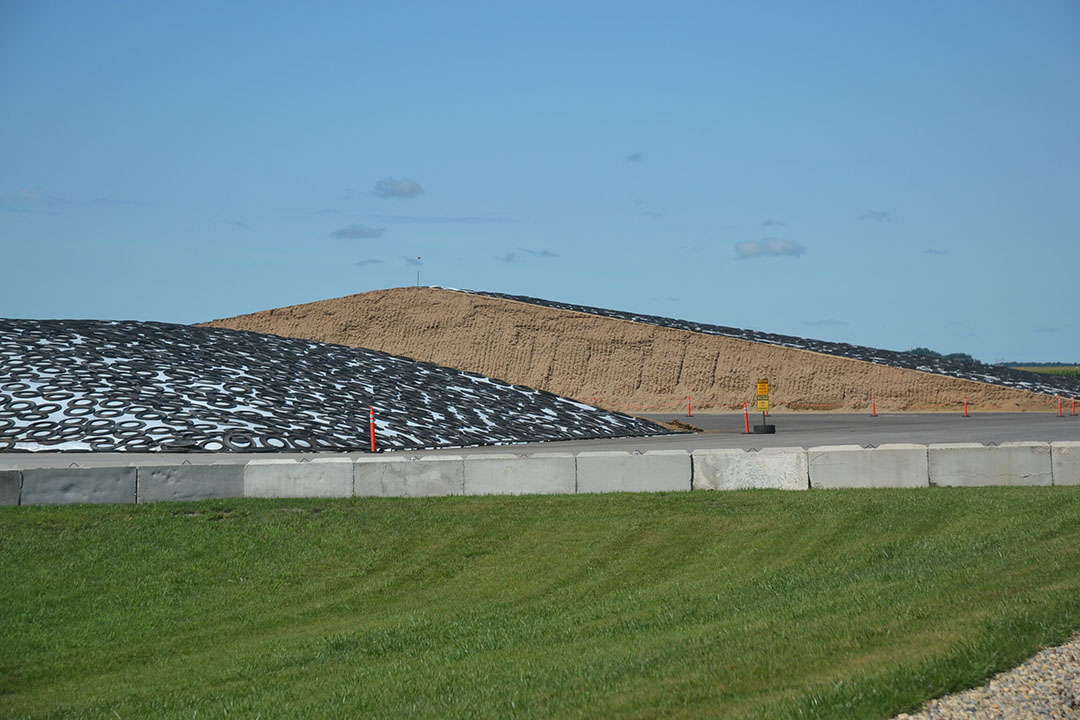
For the farm to become more sustainable, several initiatives have been put in place. In the free-range barn there is ventilation, which provides a comfortable temperature for the cows and helps to reduce the number of flies. Finally, the manure troughs in the barn are cleaned daily, and bedding is added to keep the cows clean and dry. A large slurry separation system has been installed so that the slurry is almost only water when it is pumped to the slurry lagoons, which are close to the farm. The manure is stored here until the harvest is finished, after which it is spread onto the fields.
Dry matter, manure use
The dry matter from the slurry separation plant is odourless and is used as bedding for all the animals on the farm. Rainwater and meltwater from the snow is collected in separate basins, from where it can be reused for irrigation. The use of this water reduces the farm’s use of groundwater. From here the manure lagoons, which are covered, spread the manure on the farm’s fields, but the 64 hectares are far from enough to get rid of the manure.
Only about 20% can be spread here. Agreements have therefore been made with 15 plant producers in the area that they purchase the manure. Meanwhile, these plant producers sell maize and soybeans corresponding to 80% of the total feed consumption on the farm from an area of approximately 1,800 hectares, and alfalfa hay from 600 hectares. The same is the case with the other dairy herds in Minnesota and South Dakota.
Feed according to appetite
The feed consists of corn silage, soybeans and alfalfa silage/hay as well as concentrate with minerals and vitamins. “It is very important for the cows that they get the right nutrition and animal care. This is done by using a nutritionist and sophisticated feed technology. All our cows have electronic identification tags in their ears, which pass on the health data to the dairy. Each cow produces just under 30 litres of milk daily, which corresponds to approximately 9,000 kg of milk per cow annually, or approximately 85,500 tonnes of milk annually from the entire herd. All the milk is sent to a dairy that only makes cheese,” says Williams, adding: “In order for the animals to receive the best care on all parameters, we hold regular courses for the employees.”
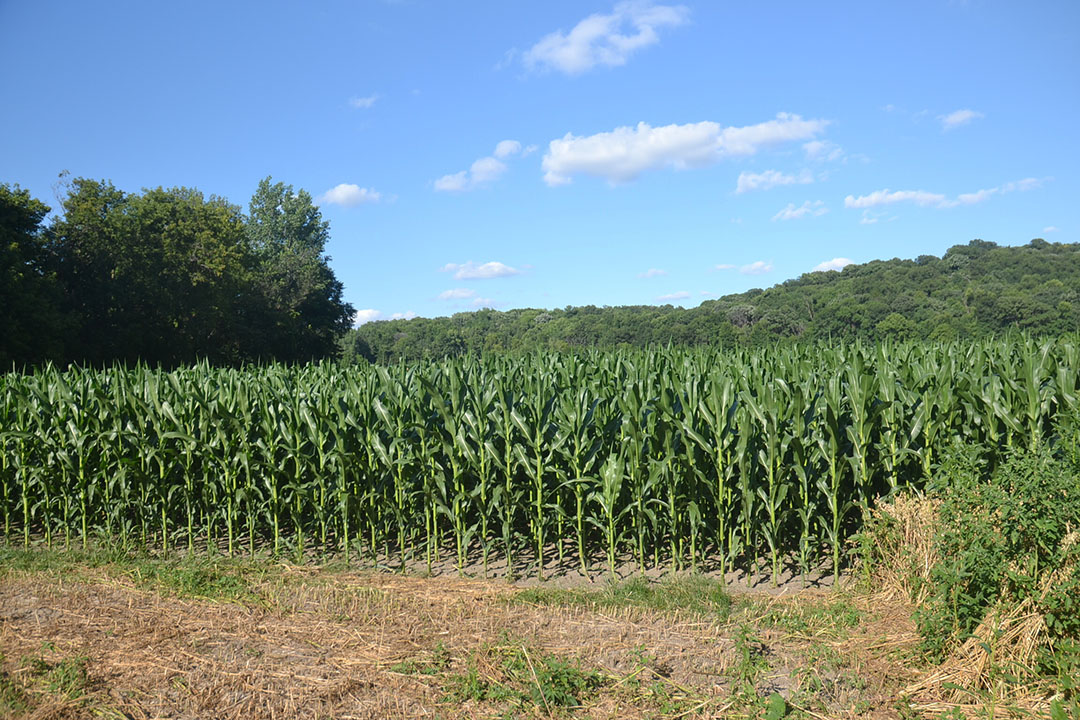
Join 13,000+ subscribers
Subscribe to our newsletter to stay updated about all the need-to-know content in the dairy sector, two times a week.






